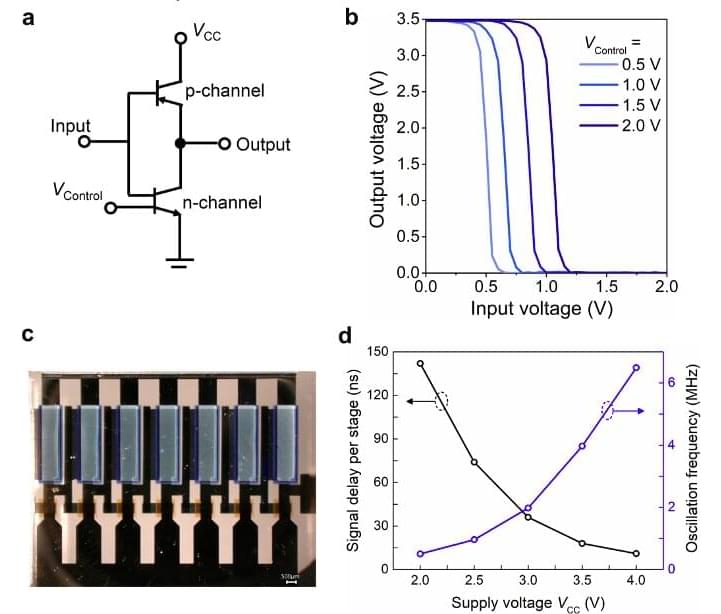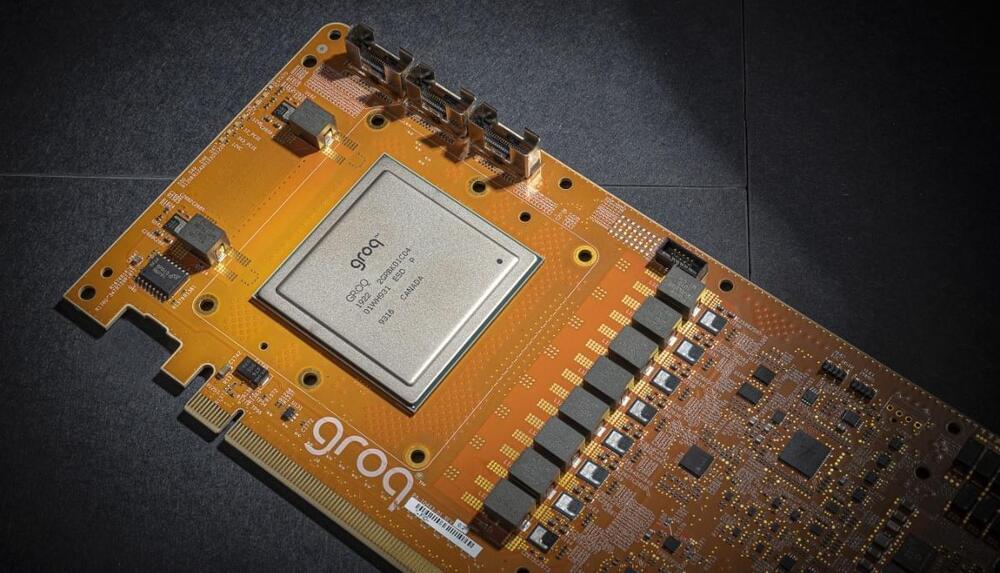The global semiconductor shortage has dealt another huge blow to Stellantis, with the automaker announcing new production issues. Semiconductors are the backbone of today’s automotive industry, controlling electronic features like driver-assist technologies, hybrid-electric systems, and even infotainment connectivity. This time, the shortage is affecting production for several of the company’s most popular vehicles in North America.
According to several United Auto Workers (UAW) local union websites and a report from the Automotive News, several Chrysler, Dodge, Jeep®, and Ram Truck vehicles will be affected by the latest shortage of semiconductor chips.
The biggest of those plants affected is the Sterling Heights Assembly Plant (SHAP) in Michigan, which is the only facility to manufacturer the highly successful Ram 1,500 pickup. The news comes as the plant is gearing up for the launch of its2022Ram 1,500 lineup later this month. SHAP’s 6,700+ hourly employees are temporarily laid off starting yesterday (August 30th) and will return the day after the Labor Day holiday (September 7th).








